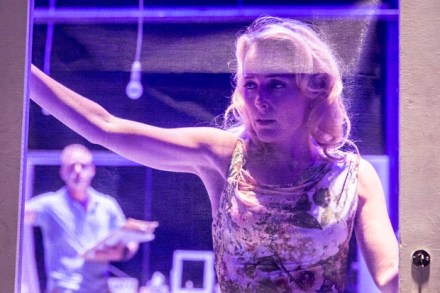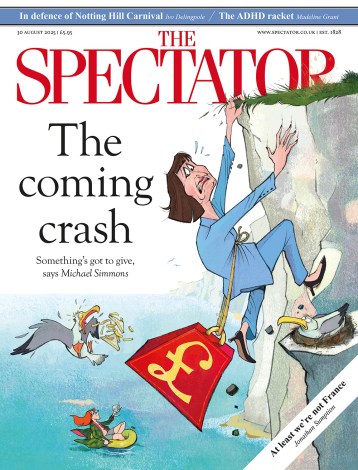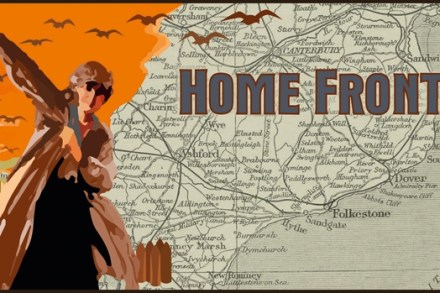Sorry, Gillian Anderson, but you’ve caught the wrong Streetcar
Streetcar. One word is enough to conjure an icon. Tennessee Williams’s finest play, written in the 1940s, is about a fallen woman trying to salvage her reputation before madness overwhelms her. All its horror and tension rely on the Victorian code that required a single woman to appear morally pure or to face ruin in the marriage market. The 1960s destroyed those conventions and this modern-day version feels like a lawsuit being pursued by a stammering counsel interrogating a corpse. The questions are baffling, the answers non-existent. Director Benedict Andrews trusts his own instincts far too much and the author’s not at all. To evoke the lush, exotic heat of

















